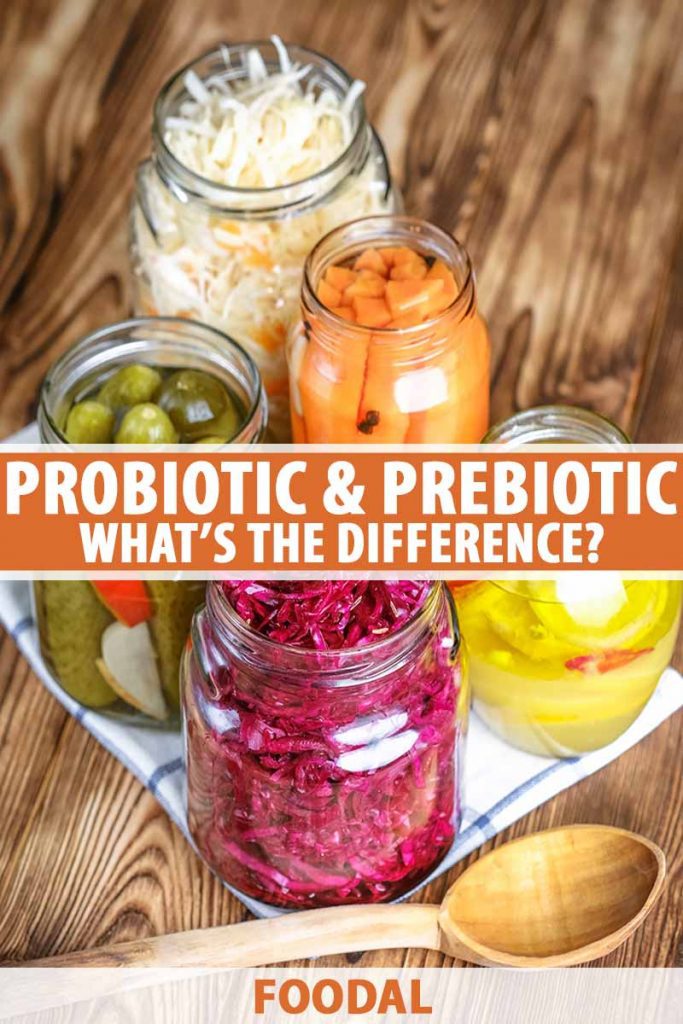I first learned about probiotics years ago in a dietician’s office and hoped that they might help to ease the digestive discomfort I was experiencing.

There were food sources and supplements available, but how much to consume was still under study. Too much could cause the very discomfort I was trying to alleviate.
In this article, we’ll talk about the functions, sources, and potential health benefits of probiotics.
We’ll also discuss the prebiotics that go hand-in-hand with them.
Here’s the lineup:
What You’ll Learn
Let’s start with a brief overview of digestive health.
A Healthy Gut
In a nutshell, bacteria are one type of the trillions of microorganisms that live in a human “microbiome.”
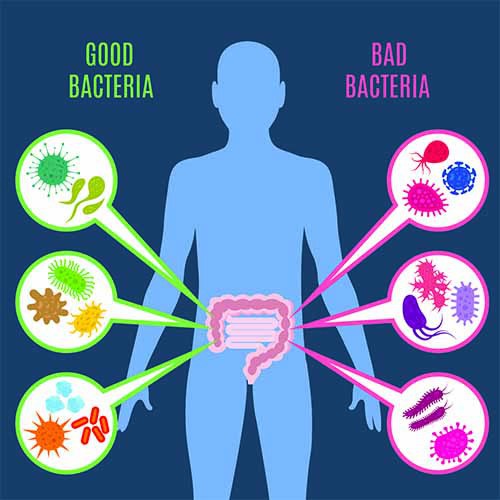
Bacteria in the digestive tract are called “intestinal flora” or “gut bacteria.” They perform functions including breaking down food, absorbing nutrients, and fighting infectious pathogens
There are beneficial as well as harmful types of bacteria and other microorganisms. Antibiotics eradicate “bad” types.” Sometimes they wipe out good ones, too. Pre- and probiotics support the growth of “good” gut flora.
Eating “gut-friendly” foods can help replenish good microorganisms and restore balance after treatment for a bacterial infection.
Comparing the Pre and the Pro
Gut-friendly bacteria and fungi are believed to support intestinal health that may, in turn, promote full-body wellness.
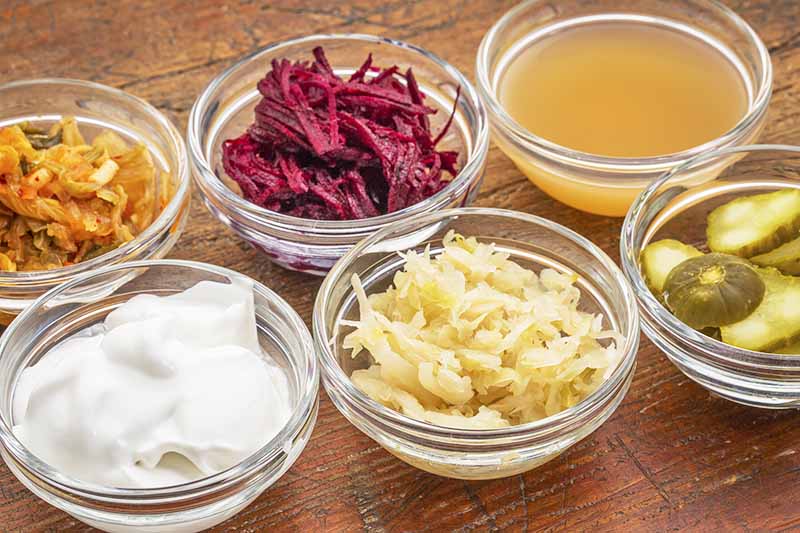
Probiotics are microorganisms that supplement our natural good flora. They come from foods fermented with certain strains of bacteria. One type is Lactobacillus. Lactobacillus fermentation is called “lacto-fermentation.”
Examples of fermented foods that are gut-friendly include:
- Aged Raw Cheeses
- Apple Cider Vinegar with MOV
- Kefir
- Kimchi
- Kombucha
- Pickles
- Sauerkraut
- Yogurt
The reference to MOV in the apple cider vinegar entry stands for “mother of vinegar,” and is a fermentation agent comprised of cellulose fiber and bacterial acetic acid. Unpasteurized cloudy products with bits and pieces contain the “mother” and offer potentially beneficial properties. Pasteurized clear varieties do not.
You’ll find useful information in our article, “Fermented Foods for a Healthy Gut,” our podcast about fermentation, and delicious recipes, including lacto-fermented salsa and lacto-fermented garlic dill pickles.
Prebiotics are food for our good GI flora. They come from some types of plant fiber, aka dietary fiber. Our bodies don’t digest it. Instead, gut-friendly organisms consume it as food, fermenting it inside our intestines.
There are many types of dietary fiber that aid in the movement of our bowels, however, they do not all feed the good bacteria that lives inside us.
In a 2013 report on the subject, Joanne Slavin of the Department of Food Science and Nutrition at the University of Minnesota states that to qualify as prebiotic, a type of fiber must be:
- Unaffected by gastric acidity, enzyme hydrolysis, and GI absorption
- Fermented by intestinal microflora
- Able to stimulate probiotics to potentially promote full-body health
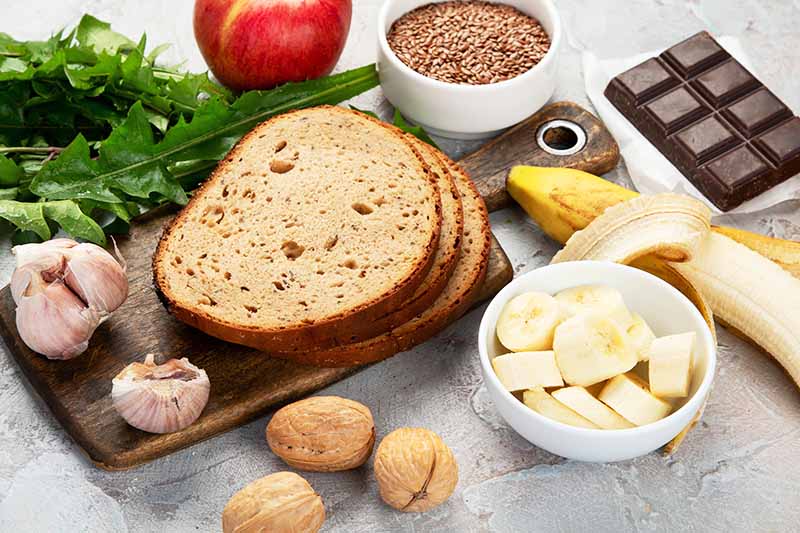
Two examples are inulin and psyllium.
Chicory is a significant source of inulin. It’s a carbohydrate made up of sugar or a polysaccharide.
Psyllium is a plant. You may be familiar with using the seed husks as a fiber supplement that supports bowel regularity.
A variety of foods contain gut-friendly dietary fiber.
Examples are:
- Apples
- Asparagus
- Dandelion Greens
- Dark Chocolate
- Flax Seeds
- Garlic
- Unripe Bananas
- Walnuts
- Whole Grain Bread
And while we don’t break it down, the fiber feeds gut-friendly organisms, causing them to grow and become active.
In addition, you may hear the term “postbiotics.” They are the residue of vitamins and antimicrobial peptides left behind after the consumption of both fermented and fiber-rich, gut-friendly foods. Per Harvard Medical School doctors Toni Golen and Hope Ricciotti, they continue to support good microorganisms and slow or retard bad ones.
Potential Pitfalls
With a balanced diet that includes whole grains, fruits, and vegetables, we are likely to consume fiber. As mentioned, not all fiber feeds good bacteria, but it may still facilitate comfortable bowel movements.
 But unless we deliberately choose foods fermented with the right live cultures, we may not have a diet rich in good supplemental intestinal microorganisms.
But unless we deliberately choose foods fermented with the right live cultures, we may not have a diet rich in good supplemental intestinal microorganisms.
Is it essential to consume gut-friendly microorganisms?
That’s a challenging question.
With a healthy diet and few antibiotics, the gut microbiome likely contains a preponderance of good bacteria. Gut flora may suffer with a poor diet and frequent prescriptions.
However, there are multiple reasons to be skeptical about the actual benefits of gut-friendly foods:
There are no established standards by which we can measure how much to consume.
We can’t be sure that live cultures are the “right” ones, or that they are alive when they reach the intestines.
And consumption can lead to uncomfortable abdominal pain, bloating, diarrhea, gas, and nausea, especially for those with food sensitivities.
If you follow my articles, you know that I have food intolerances and malabsorption issues. Fructose is one of them. I use low-FODMAP guidelines to help me avoid foods that contain “FODMAPS,” or the short-chain carbohydrates represented by this acronym. I was very unhappy to discover that the fiber that feeds our good GI flora is not FODMAP-friendly, but this helped to explain some of my discomfort.
And without being able to eat a diet rich in prebiotic fiber, probiotics have little to feed upon and may be of little value.
In 2020, Mayo Clinic dietician Katherine Zeratsky, in her description of pre- and probiotics, states that side effects are rare.
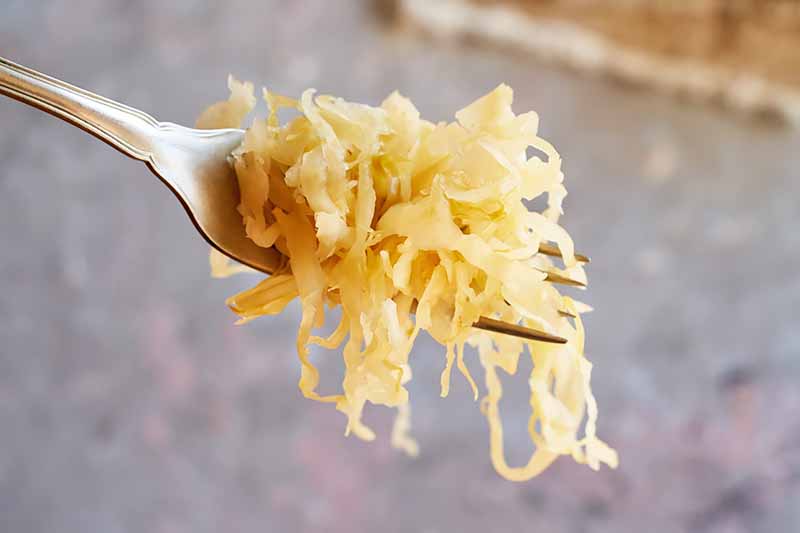
I live with them almost daily, as inulin is an additive in a nutritional supplement I frequently drink.
She states that more research is needed to establish an indisputable link between intestinal flora and disease, and that the health benefits of gut-friendly foods remain unproven.
Scientists continue to research the theory that disease may correlate to the presence or absence of certain types of GI bacteria.
A 2019 study showed that cultured microorganisms demonstrated merit in treating acute infectious diarrhea, infantile colic, and irritable bowel syndrome. They also helped inhibit antibiotic-induced diarrhea and necrotizing enterocolitis.
However, scientists concluded that more research on the topics of risks and dosage is needed. They expressed optimism, stating that the study of probiotics’ influence on the immune system may benefit those suffering from autoimmune diseases, like me. Perhaps you will stand to benefit as well!
Fabulous Flora
Let’s wrap up. The intestines contain helpful and harmful microorganisms, including bacteria and fungi.
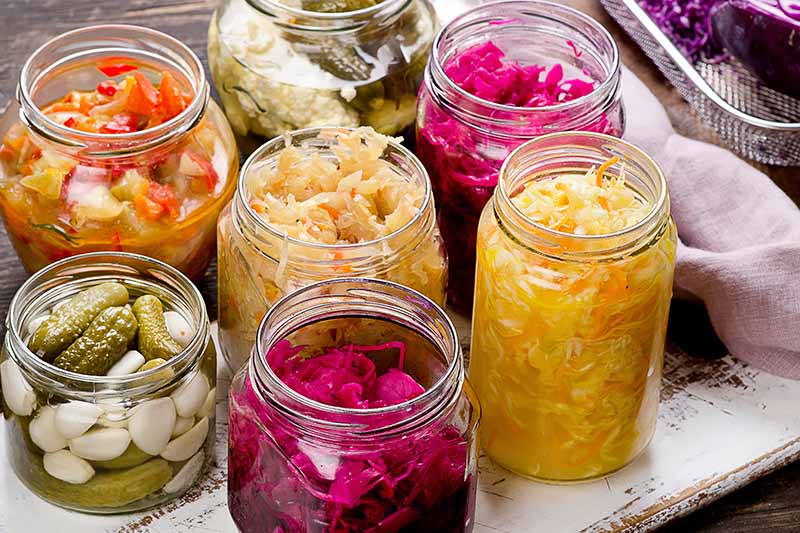
Probiotics are good microorganisms that come from fermented foods. They facilitate digestion and possibly full-body health.
Prebiotics are some types of plant fiber. They feed the good microorganisms. The feeding is a fermentation process that may cause adverse GI effects, especially for those who are sensitive to foods that contain FODMAPS.
There is a lack of scientific proof of benefits or a correlation between intestinal flora and disease. Scientists cite risk and dosage issues as inhibiting factors.
Before altering your diet or consuming supplements, we strongly recommend consulting a qualified physician and/or dietician.
We hope this article has been informative. To read about more potential ways to support your healthy diet, we recommend the following next:
- 11 Easy and Healthy Ways to Increase Your Antioxidant Intake
- How to Stock a Healthy Pantry
- Want a Healthy Heart? Eat Smart!
© Ask the Experts, LLC. ALL RIGHTS RESERVED. See our TOS for more details. Photo credit: Shutterstock.
The staff at Foodal are not medical professionals and this article should not be construed as medical advice. Foodal and Ask the Experts, LLC assume no liability for the use or misuse of the material presented above. Always consult with a medical professional before changing your diet, or using supplements or manufactured or natural medications.
About Nan Schiller
Nan Schiller is a writer from southeastern Pennsylvania. When she’s not in the garden, she’s in the kitchen preparing imaginative gluten- and dairy-free meals. With a background in business, writing, editing, and photography, Nan writes humorous and informative articles on gardening, food, parenting, and real estate topics. Having celiac disease has only served to inspire her to continue to explore creative ways to provide her family with nutritious locally-sourced food.

